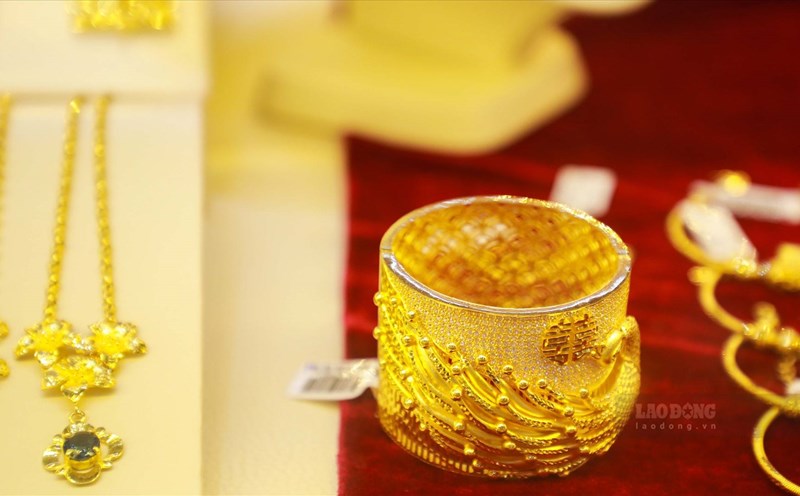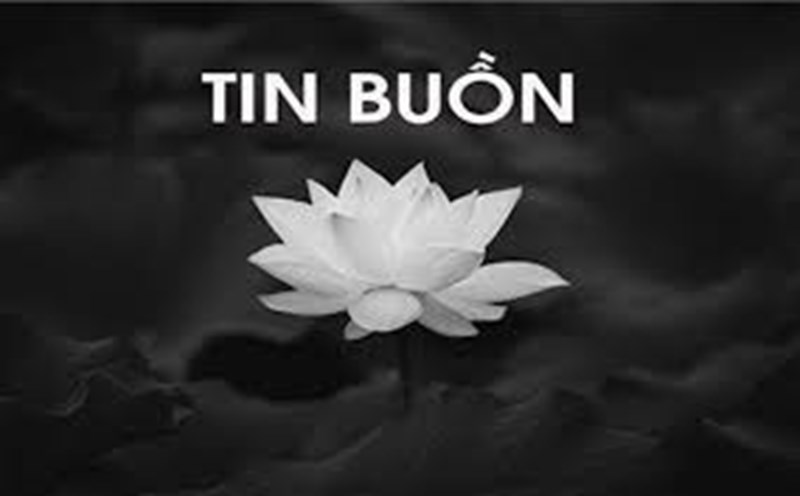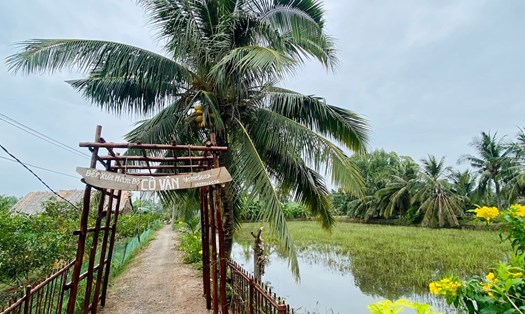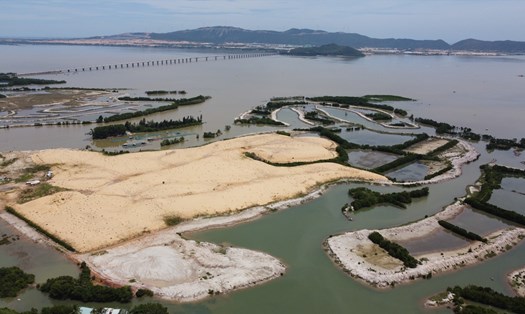Birds return to Con Chim
Documents from the Binh Dinh Agricultural Extension Center (TTKN) state: Before 1975, Thi Nai had 1,000 hectares of mangrove forest. In the 90s of the last century, shrimp farming boomed, the wind and wave-blocking forests were severely destroyed to the point that when they withered, Thi Nai only had scattered rows of trees, scattered individuals, and estuaries.
In 2003, the People's Committee of Binh Dinh province established the Con Chim - Thi Nai Lagoon Ecological Area Management Board. The newly established unit, in addition to the task of exploiting and effectively using the water surface, was also assigned to manage, care for, and protect existing mangrove forests, plant new ones, protect and restore the ecology of wetlands, and conserve biodiversity.
Con Chim - Thi Nai lagoon ecological area, including Con Tram, Con Gia, plus the southern and southwestern water bodies of Phuoc Son, Phuoc Hoa, Phuoc Thuan communes, Tuy Phuoc district, with an area of 480 hectares, has received and led a series of programs and projects to revive Thi Nai such as protecting and developing mangrove forests in the 2010-2020 and 2021-2025 periods; upgrading the dike system, planting mangrove forests to respond to climate change in the 2014-2018 period.
Mr. Huynh Viet Hung - Director of Binh Dinh Center for Science and Technology - the unit that took over the Management Board of Con Chim Ecological Area and Thi Nai Lagoon - said: After many difficulties, the concentrated mangrove forest area of Con Chim has expanded to 45 hectares. At Con Tram, that number is 50 hectares. The area of scattered forest around the aquaculture pond is 600 hectares.
A recent survey conducted by a team of experts from the Faculty of Environment, University of Mining and Geology and the Department of Natural Resources and Environment of Binh Dinh province recorded the addition to the biodiversity record of Thi Nai lagoon of 46 plant species, 10 fish species, 48 aquatic invertebrate species, 37 mollusc species, and 11 crustacean species. The terrestrial vertebrate fauna includes 98 species, 50 families of 18 orders, 4 classes; the most diverse are birds, with a total of 89 species.
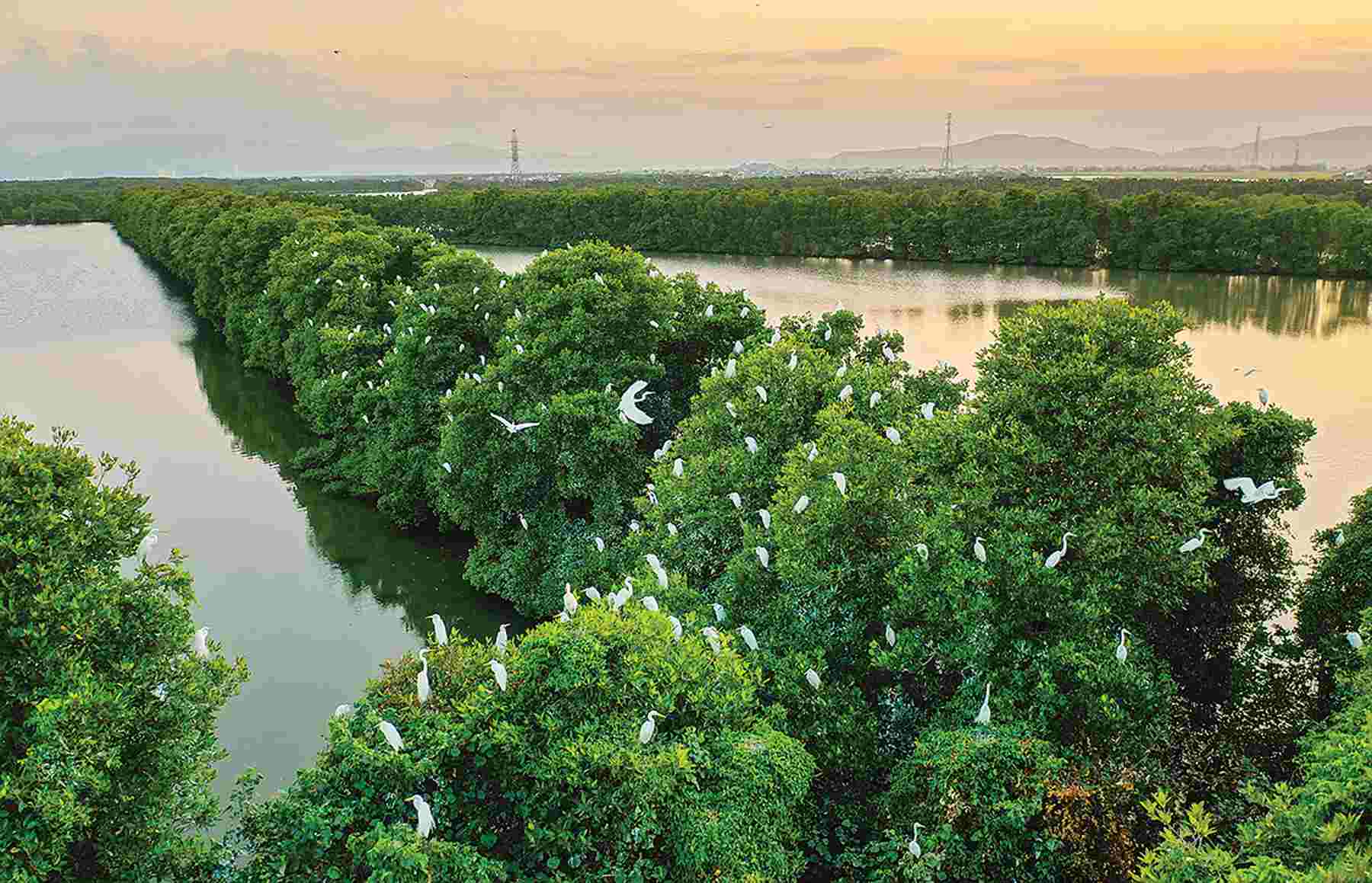
The return of birds, storks, endemic flocks or seasonal migrations is a fascinating image of a reborn Con Chim - Thi Nai. Early in the morning, late in the afternoon, the scene of thousands of storks imprinted against the blue sky or chirping and fluttering on the tops of mangroves, mangroves... has become familiar. Looking at the flock of white storks leisurely foraging on the beach, Mr. Truong Huu Tam (Vinh Quang 2 village, Phuoc Son commune, Tuy Phuoc district) exclaimed: "It's exactly the same as before. The scene has been there for decades."
Mr. Tam is the owner of the model of "combined aquaculture of aquatic products under mangrove trees combined with eco-tourism development" which was recently assessed by Binh Dinh Center for Aquaculture and Fisheries as meeting requirements in September 2024.
Pioneering mark
Head of the Research Station - Application of Agricultural Technology, Binh Dinh Agricultural Technical Center Truong Xuan Dua is a person with many connections to the Thi Nai ecosystem restoration. After graduating and starting work in 2004, the aquaculture engineer immediately jumped into the "unprofessional" profession of planting mangroves. In the first year, Dua participated in planting 2 hectares of pilot in Con Chim, in 2006 he switched to official planting, and in 2010 he went further, to De Gi, Phu Cat, Phu My...
He recalled the dark days of going early and coming back late, staying out in the sun and wind to watch the tide, sowing seeds, collecting seaweed, erecting warning signs, and fencing off protective nets... Thi Nai was the source of life, the place where thousands of households lived. Conflicts were a daily occurrence, and many times they had to rely on the government. Persistently mobilizing the people, "going to every alley, knocking on every door", speaking with evidence, gradually the people understood.
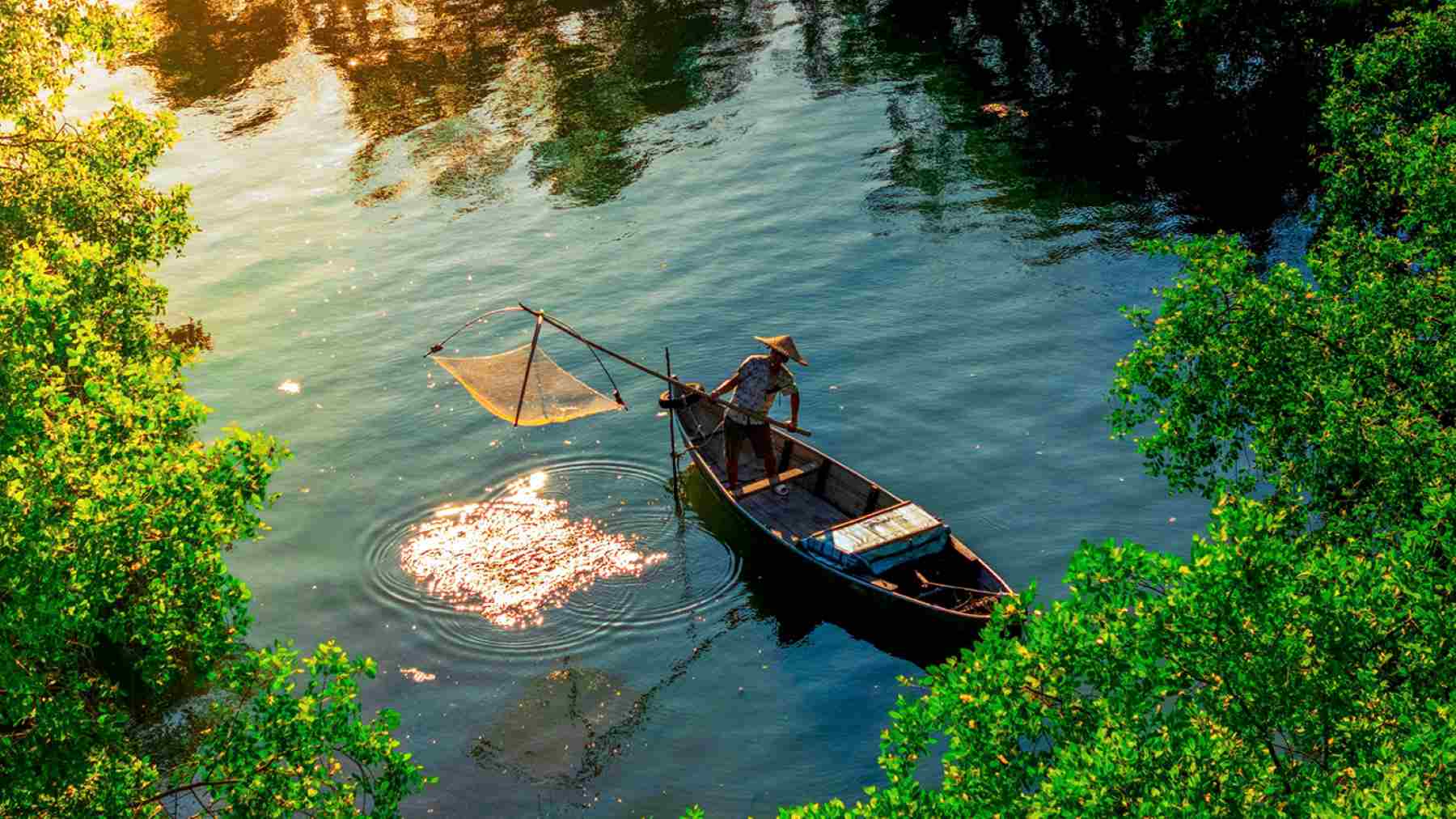
In Diem Van village, Phuoc Thuan commune, the group of old fisherman Duong Van Tuong were the first to respond, planting and caring for 3 hectares of mangrove on the flooded land in 2011 within the framework of a project funded by the Rockefeller Foundation. The fragile 60cm sprouts planted in the low tide, nurtured by the love and resilience of the pioneer group, have taken root, grown high, and continued layer upon layer, becoming a shelter for aquatic species, an effective shield against the constant destructive power of waves, wind and landslides. "No matter where I go, whenever I return, I row my boat there. There is no place more peaceful and cool," Mr. Tuong happily said.
After Mr. Tuong, neighboring compatriots like Mr. Tran Huu Khanh followed suit… Phuoc Son and Phuoc Thuan are now covered in green. The greatest benefits that individuals and communities receive are a clean living environment, the ability to withstand natural disasters, repelled pests, increased aquatic product value, and improved living conditions. Mr. Duong Van Tuong has just moved to a 2-storey house in Quang Van, more than 1 kilometer from his old place, adjacent to the impressive property of his son Duong Duc Thang, also a "champion" in forest planting.




